Andreas Stokholm, DTU Space, tells us what happened yesterday, and why there was no flying in the end.
The weather was very cold this morning, around -25 C°, when we went to setup and prepare the instruments in the POF (Campaign Airplane).
It was so cold that our cameras would not turn on. We had planned for such a situation and had brought warming pads (toe and hand warmers that skiers use). Unfortunately, we had not anticipated that the chemical process that creates the heat in the pads would not begin when the temperature was below minus 18-20 C°. To solve this dilemma, we had to take our cameras off the extremely cold metal plate where they were mounted using our bare hands (due to the required dexterity of screwing) and then put the camera inside our jackets to warm them with body heat.
I had cold toes and fingers at this point, but my body was warm - until I pressed the -25 C° cold camera up against my chest. It was like a cold black hole taking all the heat away.
It worked, and the cameras were quickly mounted again.
Despite our efforts, we were unable to fly due to a cloud cover around Svalbard. To get good data from the sea ice, our instruments require to be around 300 m above the surface. In this altitude today there was a thick cloud cover and even though our instruments would not be affected by this, the pilots were not able to fly safely through. Therefore, the campaign had to be postponed by one day.
This freed up some time and allowed us to calibrate our instruments thoroughly multiple times.
We were also able to buy additional equipment like additional heat pads for the cameras. I also got new shoes with a nice logo of a polar bear on.
The shoes are humongous and can withstand temperatures down to minus 40 C°. It has been a very interesting day with new challenges and obstacles. The weather forecast for tomorrow looks very promising and hopefully we will fly.
Some photos from Svalbard :
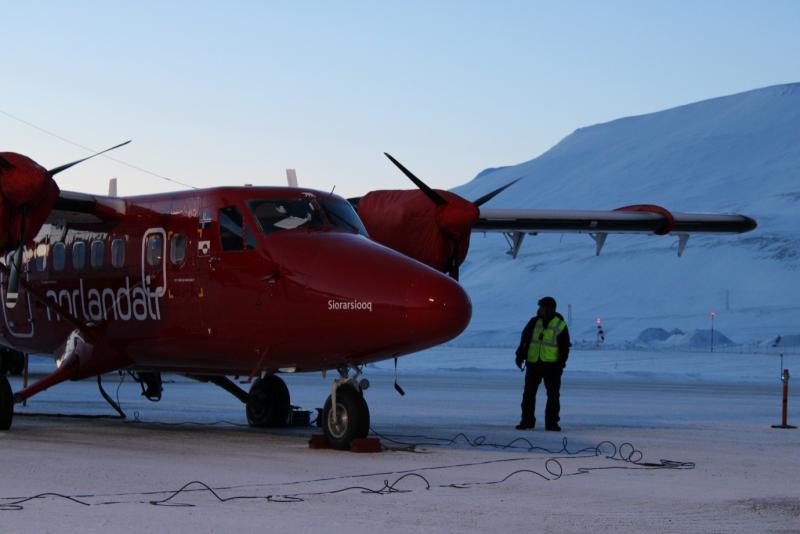
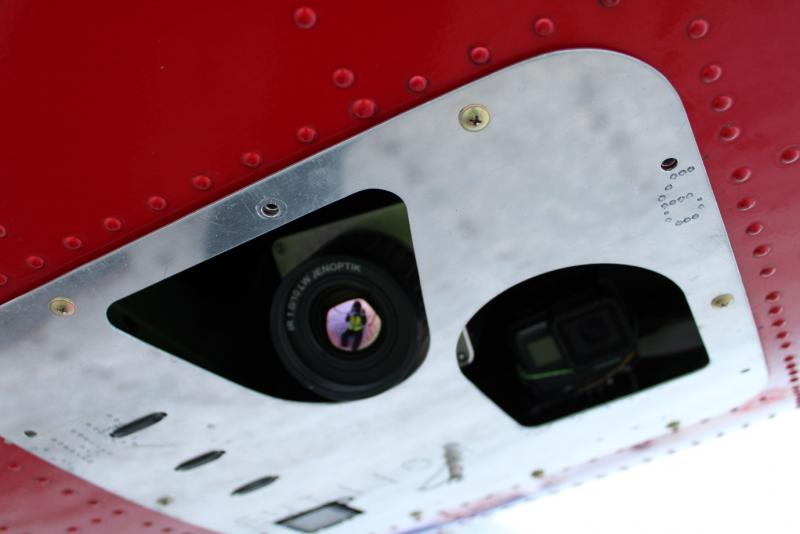
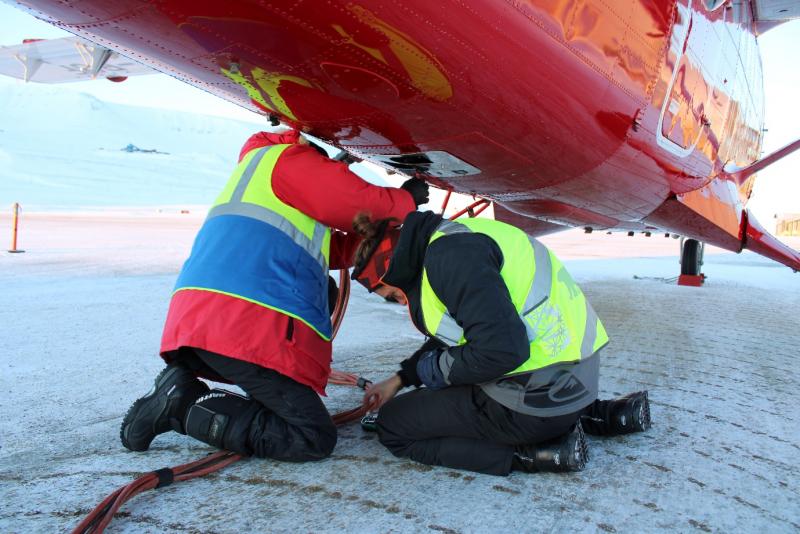
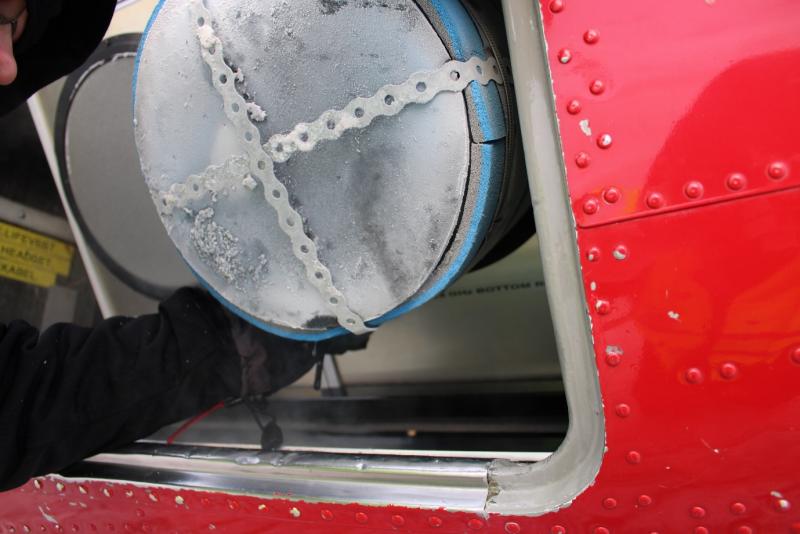
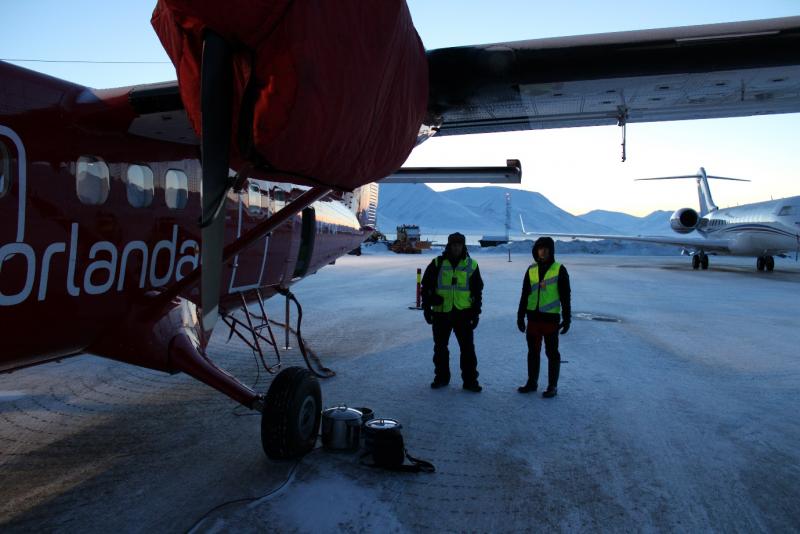
- Log in to post comments
